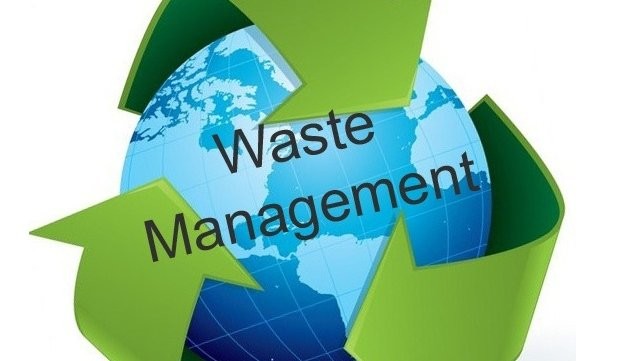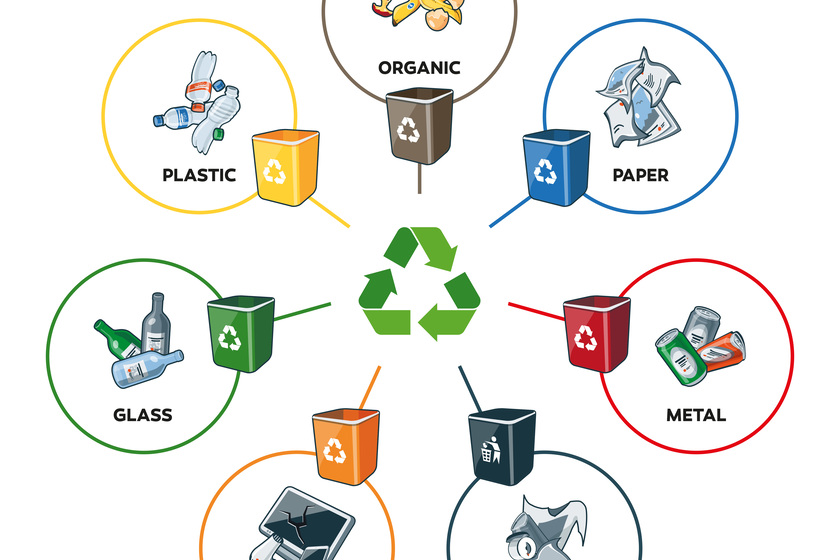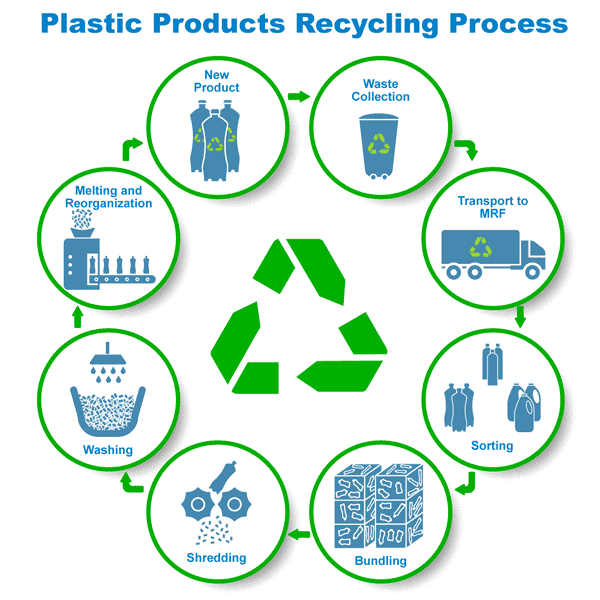Recycling Lives Services: A Full Option for Corporate Recycling
Recycling Lives Services: A Full Option for Corporate Recycling
Blog Article
Exploring Different Kinds of Waste in Modern Waste Monitoring Equipment
The contemporary landscape of waste administration entails browsing a complex range of waste types, each requiring specialized handling and disposal methods to mitigate environmental influences. Metropolitan solid waste, harmful waste, electronic waste, and organic waste each existing distinctive obstacles and opportunities for resource healing.
Municipal Solid Waste
Local solid waste, usually referred to as household garbage or rubbish, encompasses a variety of thrown out products created by domestic, business, and institutional resources within a district. This waste stream typically consists of items such as product packaging, food scraps, backyard trimmings, paper, plastics, textiles, and discarded family products. The monitoring of metropolitan solid waste is an essential element of city preparation and public wellness, necessitating effective collection, transportation, and disposal systems.
Effective waste management systems are created to reduce ecological influence while taking full advantage of source recuperation. Composting natural waste, such as food scraps and yard trimmings, not only decreases garbage dump use yet additionally produces beneficial dirt changes.
Towns need to likewise attend to the financial and logistical obstacles associated with waste management. Implementing pay-as-you-throw systems, improving public awareness, and buying modern technology can significantly boost waste diversion prices. By incorporating these practices, communities can foster sustainable areas, decrease greenhouse gas exhausts, and preserve natural deposits.
Contaminated Materials

Efficient contaminated materials management includes numerous critical steps: identification, segregation, treatment, and disposal. Identification entails the classification of waste based on its dangerous buildings. Segregation makes certain that unsafe materials are stored individually from non-hazardous waste to stop cross-contamination. Treatment approaches, such as chemical neutralization, incineration, and stabilization, are employed to decrease the toxicity, quantity, or wheelchair of the waste. Disposal options, consisting of protected land fills and below ground storage, are picked to make certain long-term control.
Regulatory frameworks, such as the Source Conservation and Recovery Act (RCRA) in the United States, offer standards and standards for dangerous waste monitoring. Adherence to these laws, paired with advancements in waste treatment innovations, is important in minimizing the risks connected with contaminated materials.
Digital Waste
Electronic waste, commonly described as e-waste, represents a swiftly growing obstacle in waste monitoring systems worldwide. This kind of waste includes discarded digital tools and tools such as smart devices, computers, tvs, and various other electronic devices. The rapid pace of technical improvement, paired with reducing item life expectancies and consumer demand for the most up to date devices, has significantly increased the volume of e-waste generated every year.
E-waste is particularly troublesome as a result of its complex composition, typically having hazardous materials like mercury, lead, navigate here and cadmium, which present considerable environmental and health threats if not correctly taken care of. On the other hand, e-waste also includes useful materials such as silver, gold, and copper, which can be recuperated and recycled. The dual nature of e-waste-- both useful and hazardous-- requires customized handling, recycling, and disposal procedures.
Efficient e-waste monitoring includes rigorous regulatory structures, durable collection systems, and progressed recycling technologies. Public understanding and participation are crucial, as improper disposal practices, such as illegal discarding and casual recycling, exacerbate ecological contamination and wellness threats. Subsequently, boosting e-waste monitoring methods is crucial for minimizing environmental effect and recuperating valuable resources in a significantly electronic globe.

Organic Waste
Organic waste, consisting of cooking area scraps, yard trimmings, and agricultural residues, represents a considerable section of the worldwide waste stream. This sort of waste is eco-friendly, implying it can be damaged down by microbes right into simpler organic compounds. In spite of its possibility for i was reading this natural decay, improper management of natural waste can result in damaging ecological influences, including the emission of greenhouse gases such as methane, which add to environment adjustment.
Efficient management of organic waste is vital for lessening these environmental influences (recycling lives services). Composting is a commonly taken on technique, transforming organic waste right into nutrient-rich compost that can boost soil wellness and farming efficiency. In addition, anaerobic digestion is an emerging technology that transforms organic waste into biogas, a renewable resource source, and digestate, which can be made use of as fertilizer
Municipalities and waste monitoring entities should execute durable natural waste collection and therapy programs to make best use of the advantages of these procedures. Public education campaigns can likewise play a critical role in encouraging households and businesses to separate organic waste from various other sorts of waste. By focusing on the monitoring of natural waste, cultures can decrease land fill usage, lower greenhouse gas emissions, and develop useful by-products for agricultural use.

Cutting-edge Waste Administration
In the realm of waste monitoring, ingenious methodologies are transforming just how societies handle their refuse, aiming for sustainability and performance. These improvements encompass a series of modern technologies and techniques that improve reusing prices, reduce landfill dependence, and reduced environmental impact. One prominent development is the application of clever waste containers geared up with sensing units that keep an eye on fill degrees and enhance collection routes. This not just reduces gas usage however also minimizes greenhouse gas exhausts.
One more significant development is the adoption of waste-to-energy (WtE) innovations. By converting non-recyclable waste into usable power via procedures such as incineration and anaerobic food digestion, WtE reduces garbage dump concern and offers a sustainable energy resource. Improvements in chemical recycling enable for the malfunction of intricate plastics into their original monomers, allowing the creation of new, premium plastic products.
In addition, the round economy version is obtaining traction, highlighting the style of items and systems that prioritize reusability and resource effectiveness. This holistic strategy motivates industries to lessen waste generation from the outset. Through these ingenious strategies, modern-day waste monitoring systems are not just dealing with the prompt difficulties of waste disposal yet also paving the way for a more sustainable future.
Verdict
A thorough understanding of community strong waste, contaminated materials, digital waste, and natural waste, combined with the execution of ingenious waste administration options, is crucial for alleviating environmental effects. Integrating innovations such find out as clever waste containers and waste-to-energy systems can enhance effectiveness and sustainability. Effective waste administration techniques not only foster source healing but also promote public awareness and involvement, eventually adding to the advancement of a round economic climate.
The contemporary landscape of waste administration involves browsing a complex variety of waste kinds, each requiring specialized handling and disposal techniques to mitigate ecological effects. Municipal solid waste, dangerous waste, digital waste, and natural waste each existing distinct obstacles and opportunities for resource healing.Digital waste, typically referred to as e-waste, stands for a swiftly expanding obstacle in waste administration systems globally. With these innovative approaches, modern waste management systems are not just resolving the immediate challenges of waste disposal but likewise paving the means for an extra lasting future.
An extensive understanding of municipal solid waste, dangerous waste, digital waste, and organic waste, paired with the execution of innovative waste administration remedies, is necessary for alleviating ecological influences. (recycling lives services)
Report this page